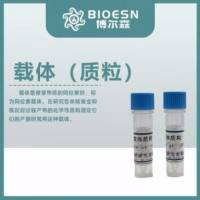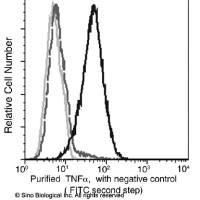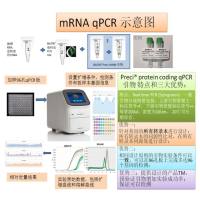Inducible Transgenic Mouse Models
互联网
924
Inducible transgenic mouse models allow for the activation of genes in specific cells and tissues at specific times. Expression levels are dependent on the dose of the agent administered. Effective experimental models are characterized by low background levels of the regulated gene and induction to high levels with sub-physiological levels of inducing agents. The most commonly used methods to control gene expression in mouse models are based on the tet-operon/repressor bi-transgenic system and the estrogen receptor (ER) ligand-binding domain. Less commonly used systems to control gene expression in transgenic mice take advantage of the ligand-binding domain of the progesterone receptor, and the lac and GAL4 inducible systems. The tetracycline-regulated transgenic models are typically designed to activate the expression of the gene of interest in a specific cell type at a specific point in time. The ER is most commonly fused with Cre recombinase, although it can be used with transcription factors, kinases, etc., that are active in the nucleus. Cre-ER transgenes allow for the induction of recombinase activity in specific cells at defined time points. Cre recombinase is most often found in combination with conditional alleles to inactivate gene expression. When used for gene activation, Cre removes stop cassettes from transgenes and thus allows the expression of reporter or other molecules. Thus, the tetracycline-regulated and Cre-ER systems are complementary in mouse models, with utility in the cell-specific activation and inactivation of gene expression.









